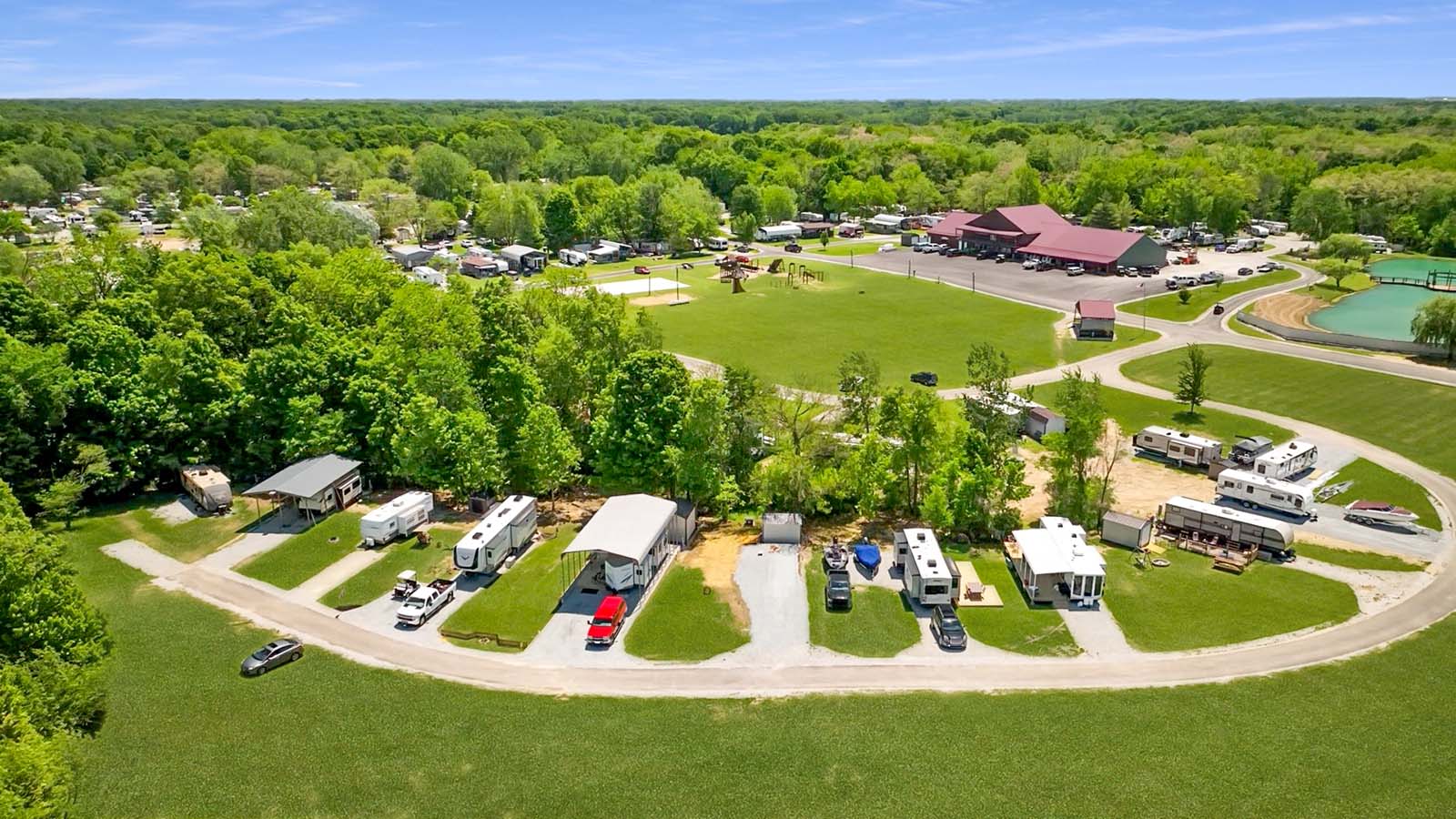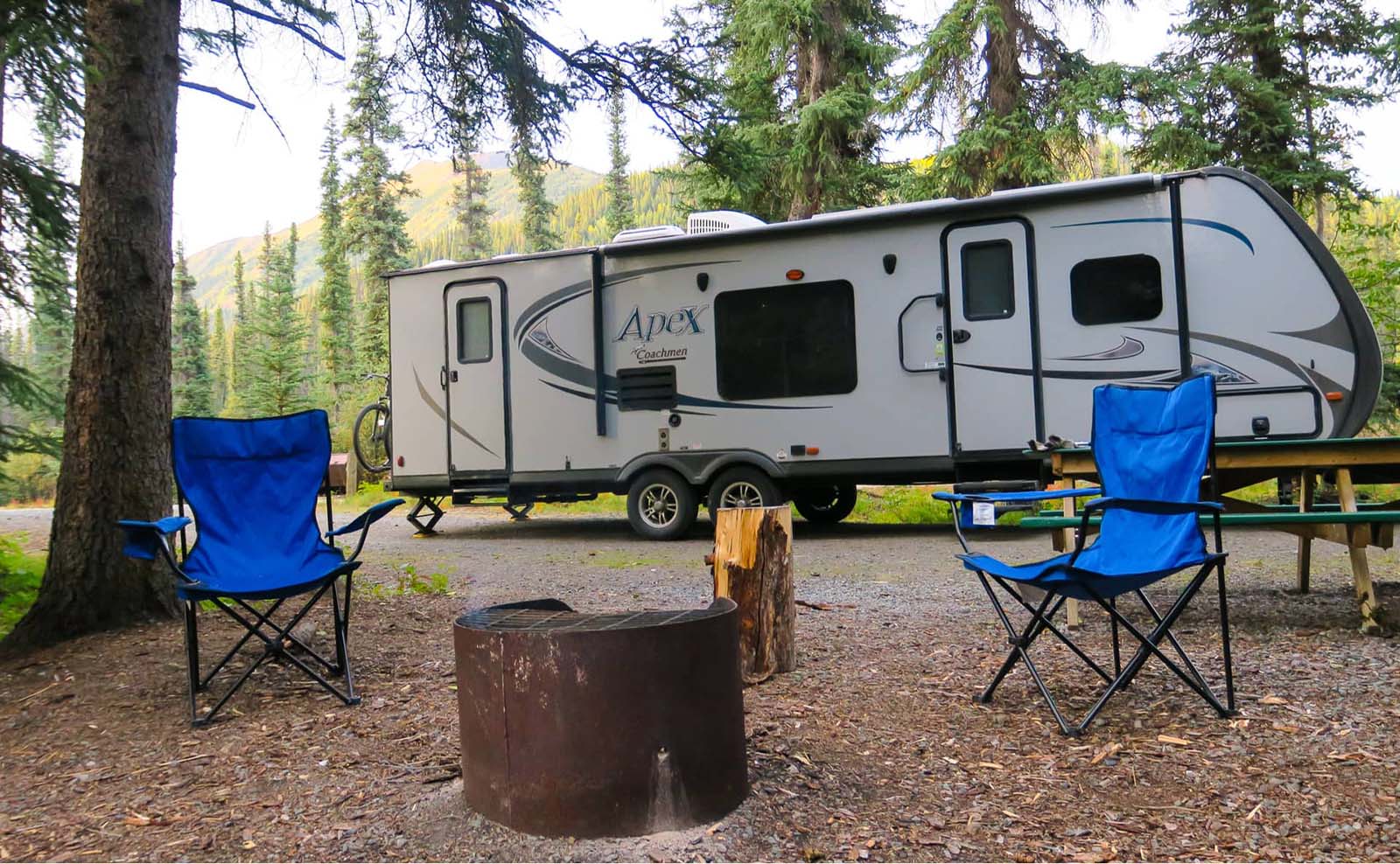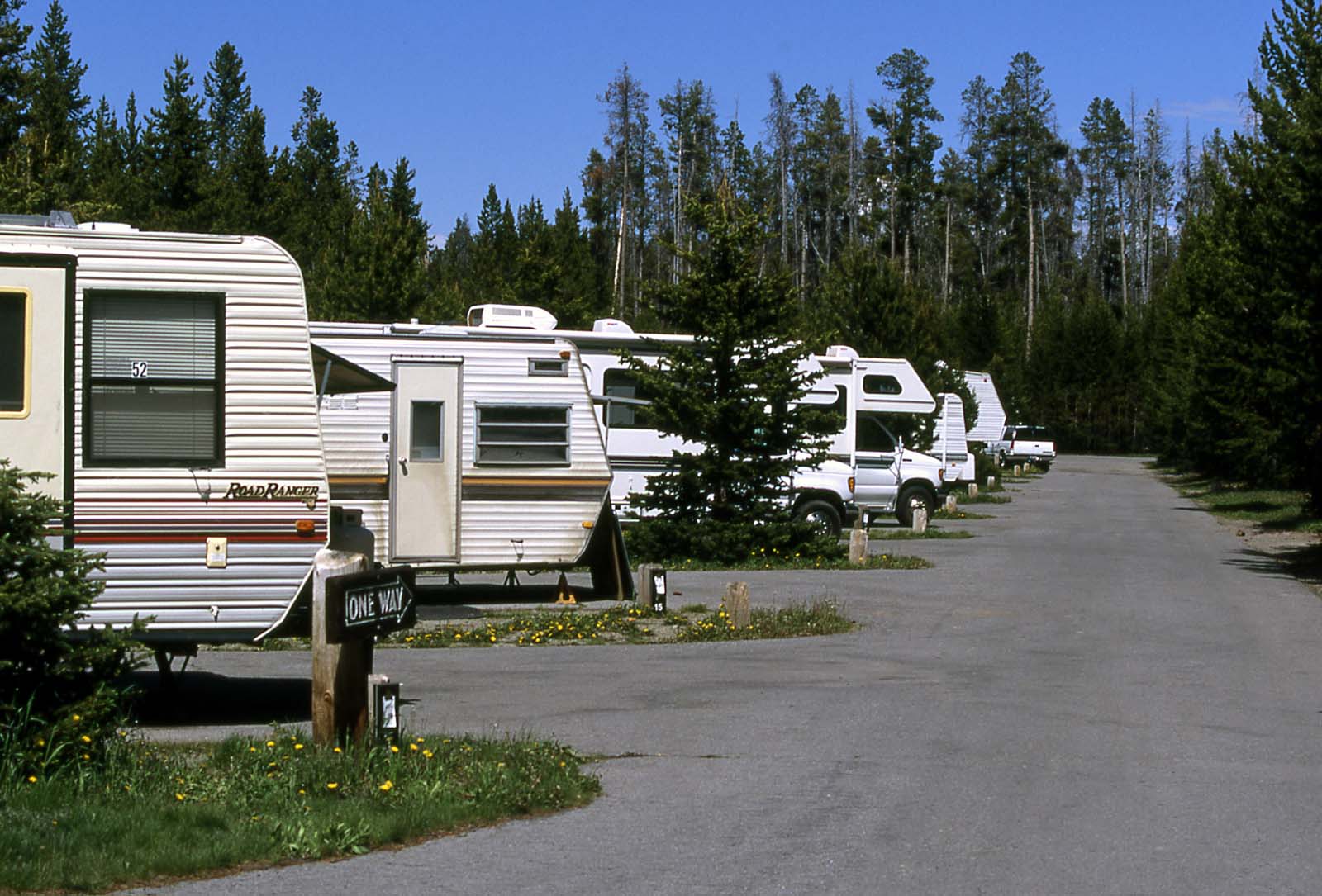Title: Connecting a Battery to an RV Converter: A Comprehensive Guide

Introduction: When it comes to connecting a battery to an RV converter, it’s important to follow proper procedures to ensure optimal power supply and functionality. In this guide, we will discuss step-by-step instructions on how to connect a battery to an RV converter, enabling seamless energy flow for a comfortable camping experience.
H2: Understanding the Basics of RV Converters An RV converter is an electrical device responsible for converting 120-volt alternating current (AC) power into 12-volt direct current (DC) power. This conversion is crucial for powering the various systems and appliances in your RV, such as lights, water pumps, and fans. It is essential to have a battery linked to the converter to provide a constant power supply, especially when disconnected from shore power.
H3: Safety Precautions before Battery Connection Before connecting the battery to the RV converter, ensure your safety by taking the following precautions:

1. Disconnect the RV from shore power to prevent electrical shock. 2. Wear protective gloves and goggles to shield yourself from any potential hazards. 3. Familiarize yourself with the RV’s electrical system by referring to the manufacturer’s manual or seeking professional guidance if needed.
H2: Equipment Needed for Battery Connection To connect the battery to the RV converter, you will require the following equipment:
1. Deep-cycle battery: Opt for a high-quality battery with sufficient capacity to meet your RV’s power demands. 2. Battery cables: Ensure the cables are long enough to reach from the battery to the converter. 3. Wire strippers and crimpers: These tools help prepare the cables for connection. 4. Battery terminal cleaner: Use this to remove any corrosion on the battery terminals. 5. Wrench or socket set: Required for loosening and tightening bolts during the installation process.

H3: Step-by-Step Battery Connection Process Follow these steps to correctly connect the battery to the RV converter:
1. Locate the RV converter: It is typically found in the electrical compartment or near the power distribution panel. 2. Disconnect the RV from all power sources: This includes unplugging from shore power and turning off the generator. 3. Clean the battery terminals: Ensure the terminals are free from corrosion and dirt using a battery terminal cleaner. 4. Attach the battery cables: Connect the positive (+) cable of the deep-cycle battery to the positive terminal of the converter, and likewise, connect the negative (-) cable to the negative terminal of the converter. 5. Tighten the connections: Use a wrench or socket set to secure the cable connections, ensuring they are snug but not over-tightened.
Conclusion: Properly connecting a battery to an RV converter is essential for a smooth and reliable power supply during your outdoor adventures. By following these step-by-step instructions, prioritizing safety and utilizing the right equipment, you can ensure hassle-free energy distribution in your RV. Remember to always consult your RV manufacturer’s manual or seek professional assistance when in doubt. Happy camping!

